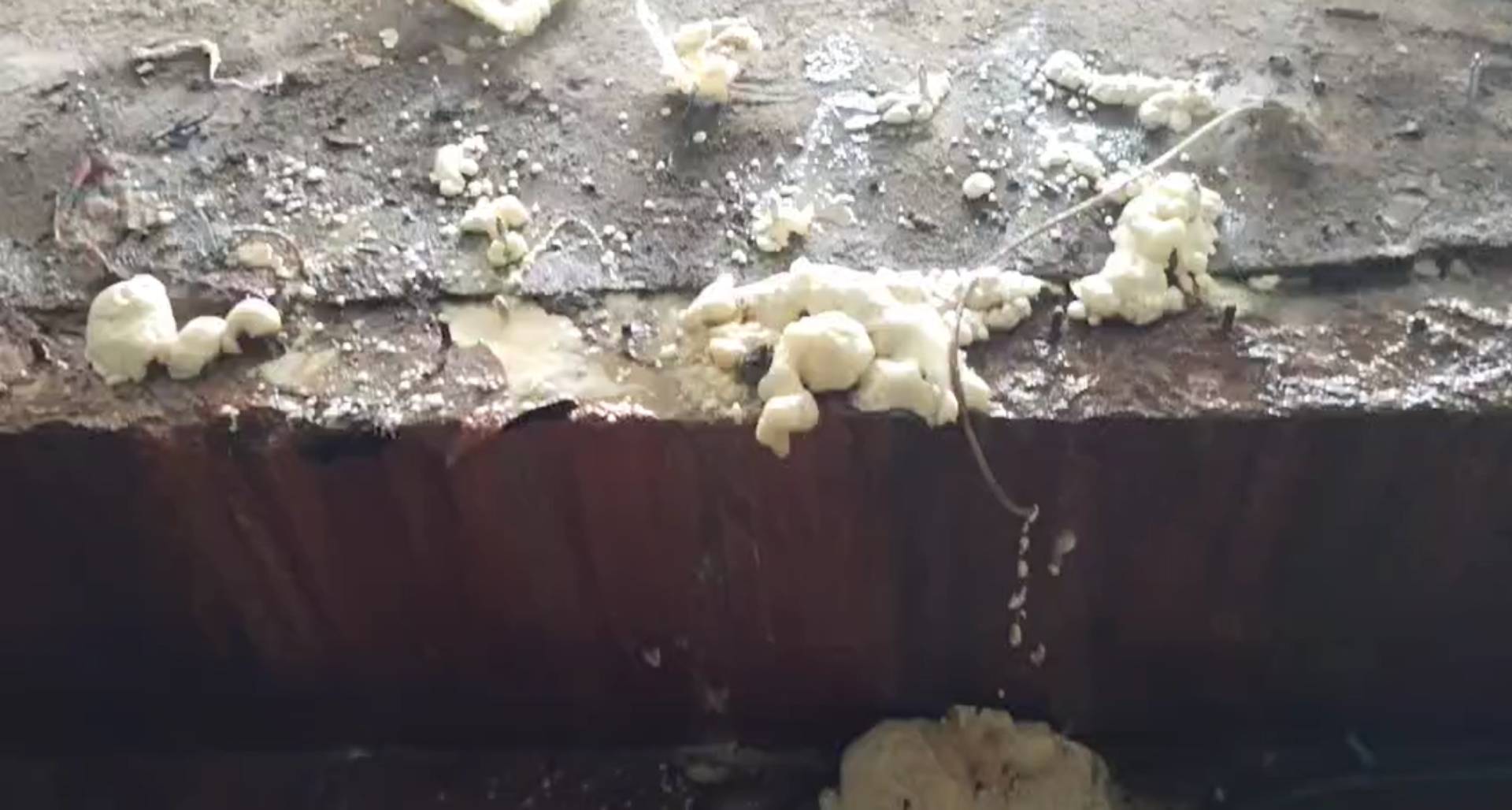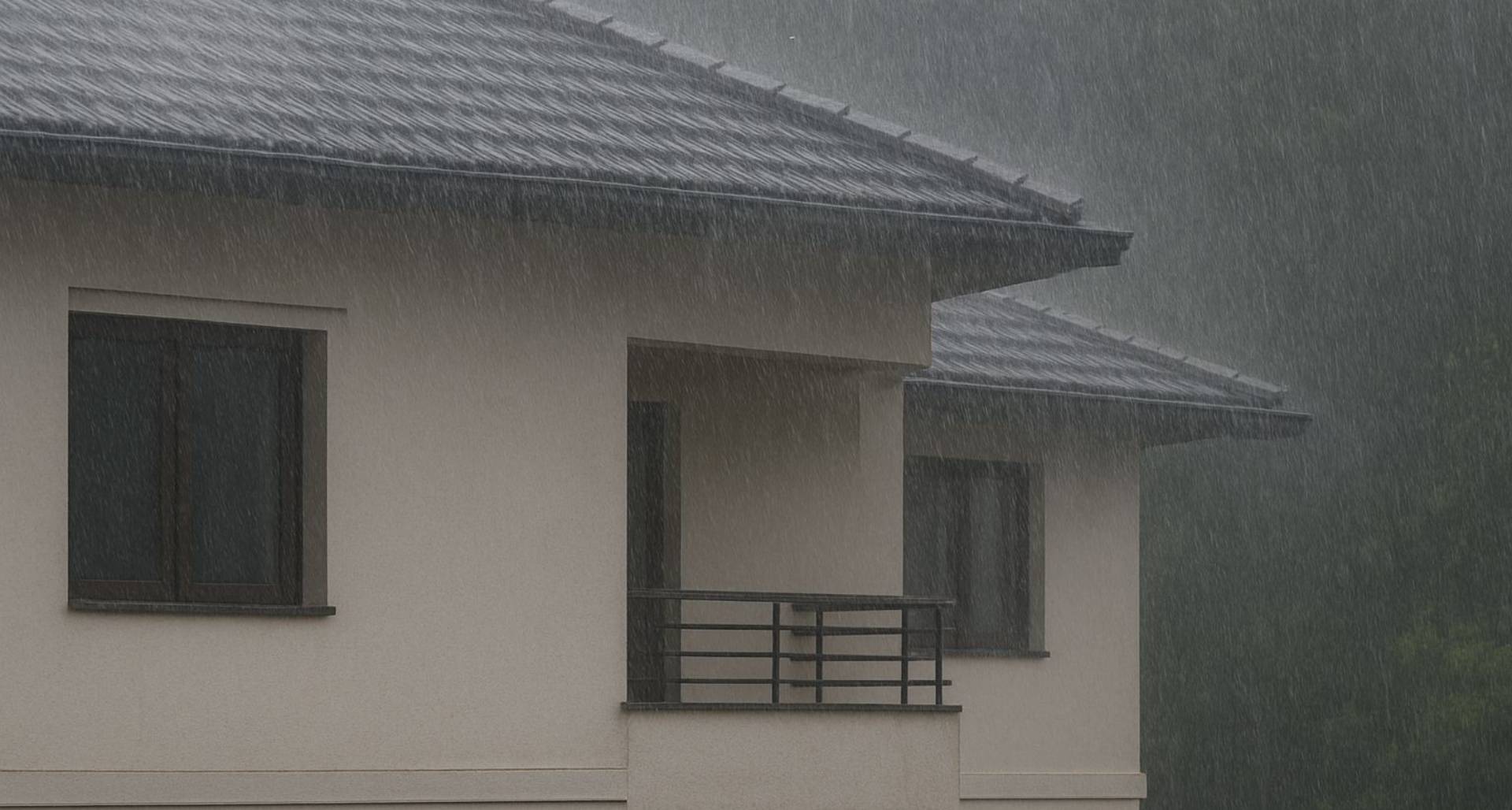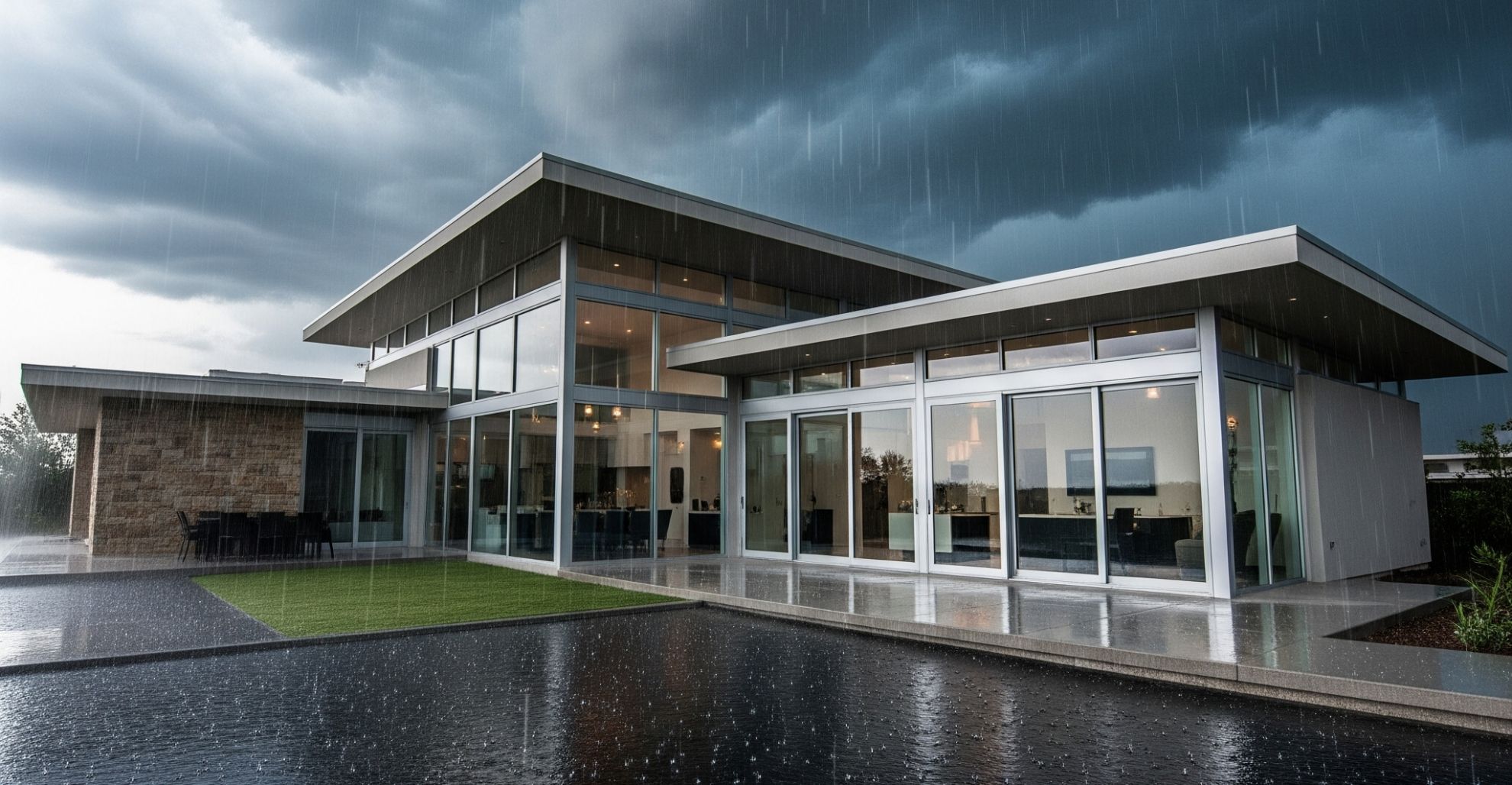5 Crucial Waterproofing Issues to Look for Before Repainting Your Home
by Babu George
Originally published on March 25, 2024, 7:27 pm, updated on November 12, 2025
scroll downSummer is here with its promise of warm days, open windows, and the perfect opportunity to refresh your home’s interior and exterior with a vibrant new coat of paint which you have been longing for. But before you entrust the repainting work to your trusted painter, take a moment to address any underlying waterproofing issues that could sabotage your efforts and money. A fresh coat of paint does wonders for aesthetics, but it won’t solve problems caused by hidden water damage. In fact, painting over leaks and dampness can trap moisture, leading to further damage, peeling paint, and even mould growth.
Here’s a homeowner’s guide to the top 5 waterproofing concerns you should address before commencing your summer repainting project. By proactively tackling these issues, you’ll ensure a flawless paint job that lasts for years to come, while protecting your home from potentially expensive future repairs.
1. Lower Wall Dampness: Battling the Forces of Capillary Rise
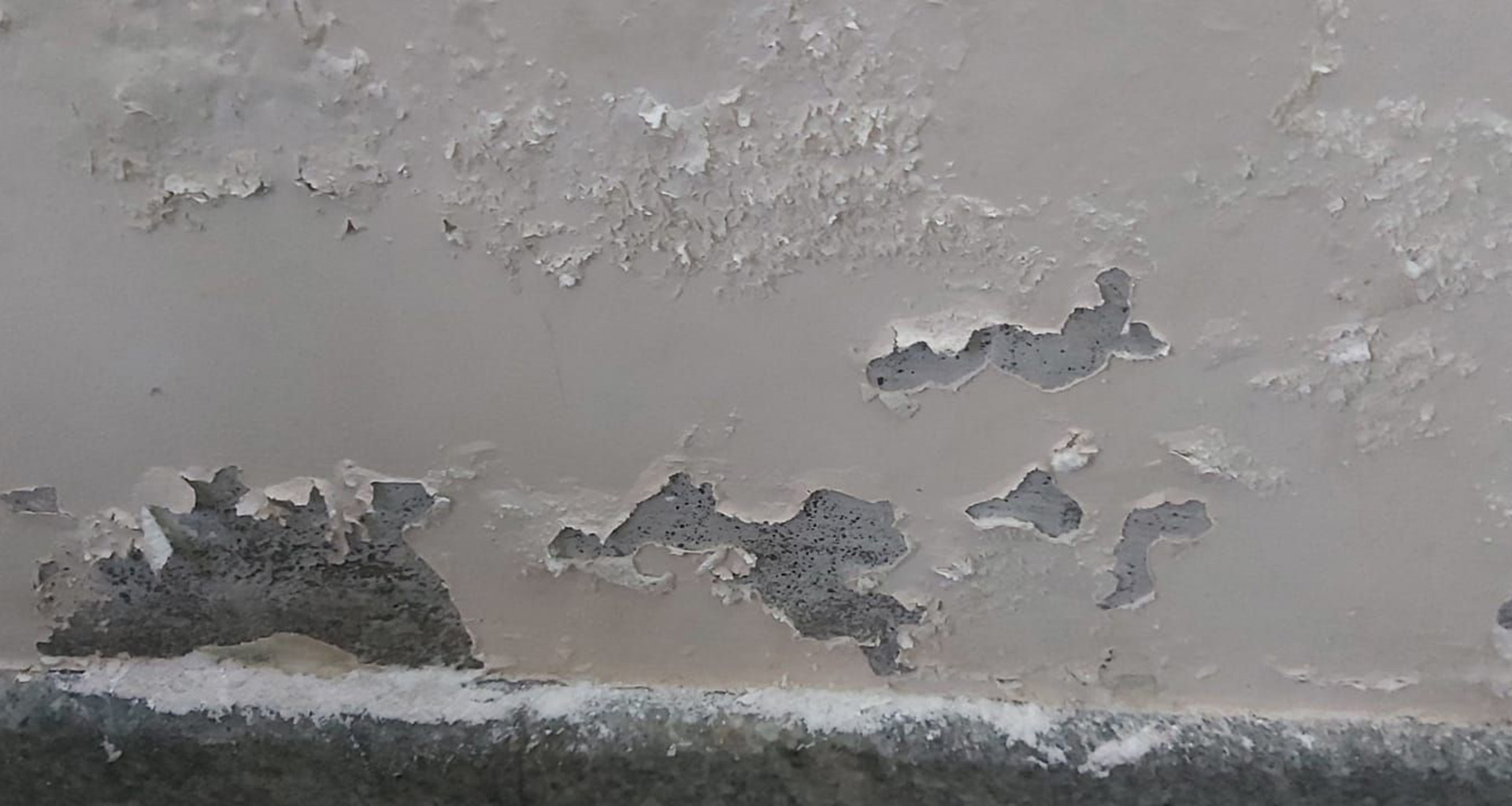
Capillary Rise on Walls | ©UniPro
Have you noticed a persistent dampness at the bottom of your interior walls, often accompanied by a musty odour? This could be a sign of capillary rise, a phenomenon where groundwater is drawn upwards through the foundation of your home. Imagine tiny sponges – that’s essentially what porous building materials like brick and cement plastering act like. They naturally draw up moisture from the surrounding soil if not cared properly for at the time of construction itself.
Watch Video: How to waterproof foundation during home construction.
While a minute amount of moisture is normal and you can live with, excessive capillary rise can lead to several problems:
- Peeling and Blistering Paint: Trapped moisture weakens the bond between the paint and the wall surface, causing it to peel, blister, and flake off.
- Mould Growth: Damp environments are ideal breeding grounds for mould, which can pose serious health risks and further damage your walls.
- Structural Issues: Over time, persistent moisture can compromise the structural integrity of your foundation walls.
Addressing Capillary Rise:
Painting over damp walls is a temporary solution at best. To prevent further damage and ensure a successful paint job, you need to address the source of the moisture – capillary rise. Here are some solutions a waterproofing specialist can recommend:
- U-Joint at Damp-Proof Course (DPC) – Floor PCC Joint: A DPC is a horizontal barrier (Concrete Belt) installed in the foundation wall that blocks the upward movement of moisture. If you are planning to change the flooring, this is the right approach. But this may take time as it involves opening up of your floor area and exposing the DPC belt and relaying of the PCC floor as per the directions from your waterproofing consultant.
- Moisture Barrier Coating(MBT): A waterproof moisture barrier membrane applied on to the affected inner walls acts as an additional barrier, preventing moisture from penetrating to the putty and paint. We are not talking about the common damp proof coatings your painter usually recommends. The moisture barrier membrane we recommend is a very hard membrane once cured and can handle immense negative water pressure which can lasts for years.
Watch Video: Fix wall dampness and paint flaking
2. Dampness on Toilet Walls: A Bathroom Breakdown

A Leaking Tiled Toilet Floor | ©UniPro
Do you see water stains or even mould growth creeping through the walls adjoining your bathroom? This is a tell-tale sign of faulty waterproofing within the bathroom itself. Leaky concealed pipes, faulty plumbing connections, gratings-trap joint gaps or leaks thru the tiled floor due to joint free tiles or wearing off the tile joint grout can all contribute to this problem.
Here’s why a simple repaint won’t solve the issue:
Repainting Masks the Problem: A fresh coat of paint won’t stop the leak. The moisture will continue to damage both the paint and the underlying wall structure, potentially leading to rot and more extensive repairs down the line.
Health Concerns: Mold growth can trigger allergies and respiratory problems, especially for vulnerable individuals.
Addressing Bathroom Leaks:
Ignoring bathroom leaks isn’t just about aesthetics; it’s about protecting your health and the structural integrity of your home. A waterproofing specialist can diagnose the source of the leak and recommend solutions such as:
- Tiled floor waterproofing: The tiles might have been laid as joint free or over time, the tile joint grout around your tiles might have worn off, allowing water to seep through to the cement mortar below. A good waterproofing expert can address the floor tile leak without breaking the tiles in just 3 days.
- Waterproofing Membrane Application: If you are planning to renovate the toilet by changing the floor and wall tiles, applying a brushable waterproofing membrane to the bathroom floor and wall creates an additional barrier against moisture penetration. Also a good waterproofing consultant can give you a specific protocol how to lay tiles, which aren’t followed by usually which will address your water leak concerns for a long time to come.
Watch Video: Leaking Tiled Toilet Floor Waterproofing without breaking tiles
3. Ceiling/Roof Slab Dampness: When the Roof Fails to Protect
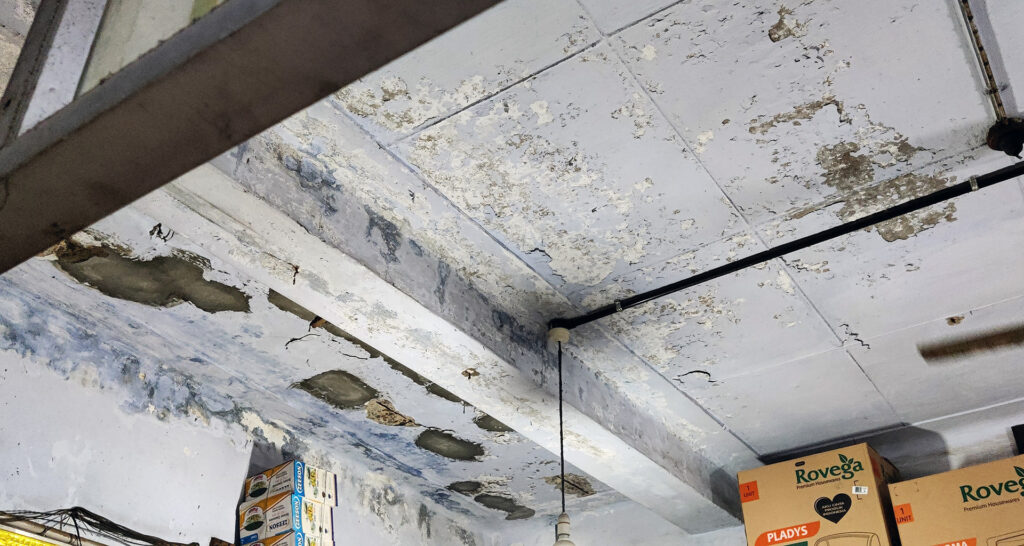
RCC Roof/Celing Dampness | ©UniPro
Don’t Waste Money on a Leaky Roof:
Painting over a leaky roof is throwing good money after bad. A waterproofing specialist/consultant can inspect your roof, identify the source of the leak due to wall-roof slab joint issues, parapet wall leaks or slab cracks etc, and recommend the best course of action. This might involve:
- Roof Leak Repair: Depending on the severity of the leak, repairs may involve patching/replastering specific areas of slope plastering/screeding etc
- Cracks/leaks on slab: Strengthening the slabs by pressure injecting methods and closure of the cracks and voids.
- Waterproof the roof slab: There are many systems which are available in the market which can waterproof your slab and reduce the heat absorbed from the scorching sun as well which can reduce the room ambient temperature and slash your electricity bills.
Watch Video: Terrace Waterproofing with Heat-reflective coatings.
4. Cracks on External Walls and Paint Fading/Flaking: Cracks Tell a Story
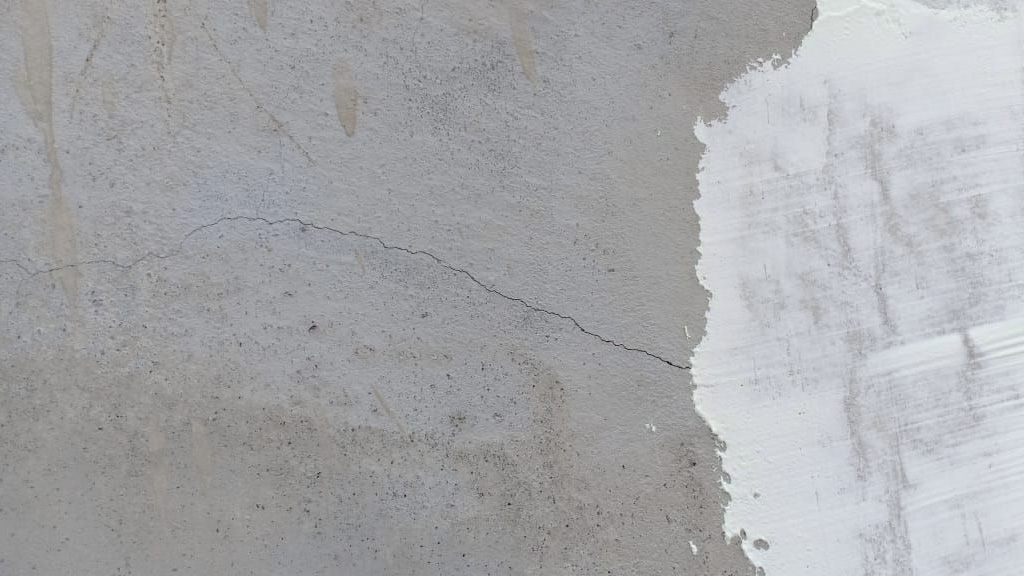
Wall Hairline Cracks | ©UniPro
While hairline cracks may be a minor cosmetic concern, extensive cracks on your exterior walls, especially when accompanied by peeling or fading paint, can indicate underlying water seepage. Here’s why these cracks are a red flag:
- Water Infiltration: Emulsion painting and the cement plastering protect the bricks from water absorption. But when plastering cracks, paint emulsion also cracks and these cracks provide a pathway for water to seep through the walls to reach brick masonry leading to moisture build-up within the structure.
- Structural Issues: Over time, extensive water infiltration can compromise the structural integrity of your walls.
Mold Growth: As with dampness from other sources, cracks can create an environment conducive to mold growth.
Read Article: A Step by Step Guide to Prevent Wall Dampness or Fix it
Addressing Cracks and Preventing Water Intrusion:
Painting over cracked walls won’t solve the problem as the painters do not understand the underlying issues of a damp wall. A waterproofing specialist can assess the cracks, recommend repairs like filling and sealing them with appropriate flexible-elastomeric sealants, and suggest additional waterproofing solutions such as:
- Waterproofing Membranes: A waterproof membrane applied to the exterior walls creates a barrier against water penetration after addressing the cracks.
Read Article: How to Choose the Best Waterproofing Contractor
5. Roof Garden/Planter Box Leaks: Your Rooftop Oasis Needs TLC (Tender Loving Care)
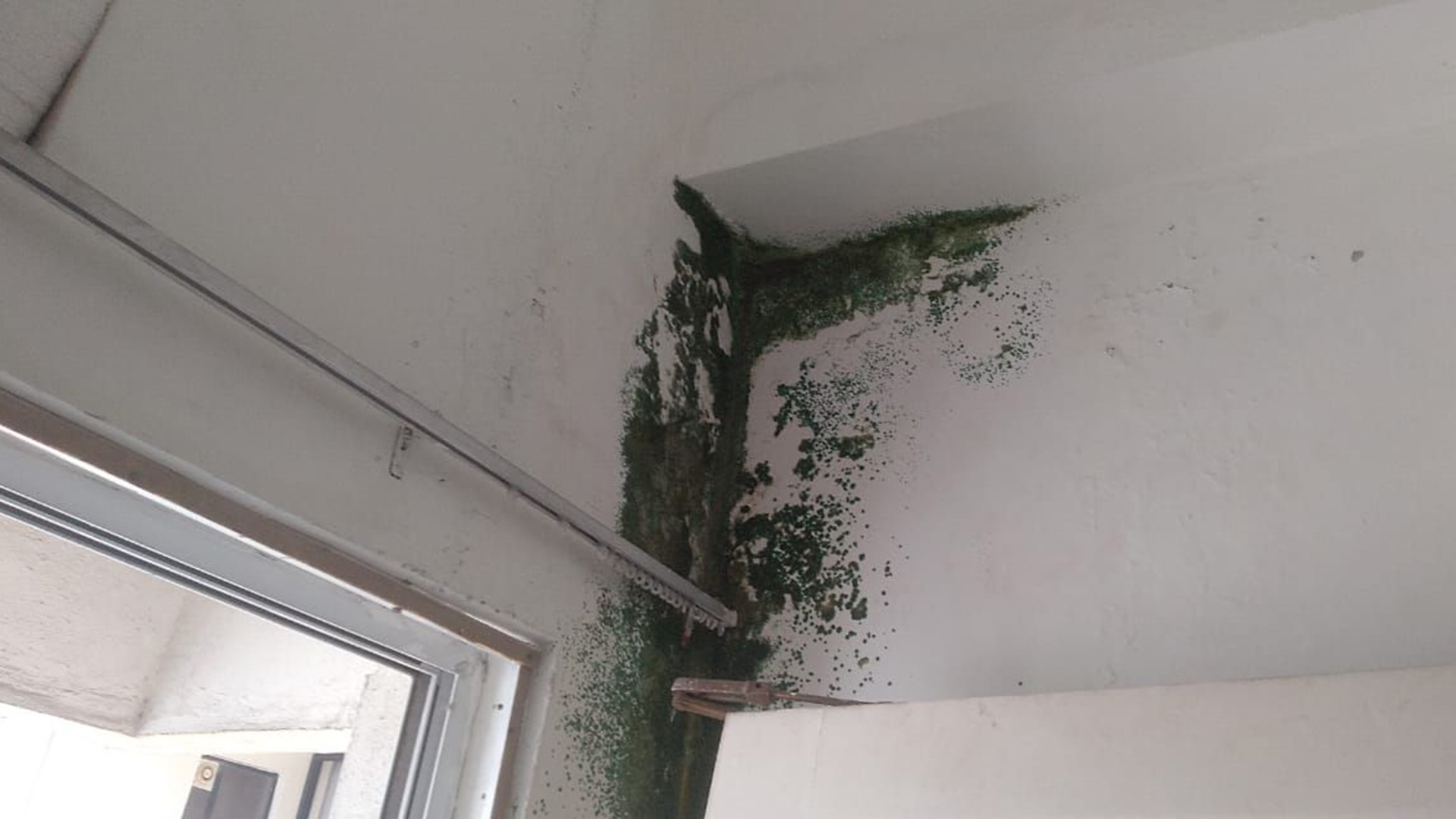
Planter Box Leaks | ©UniPro
If you’re fortunate enough to have a rooftop garden or planter boxes, it’s crucial to ensure they are properly waterproofed. Leaking planters can damage the roof slab below, leading to water intrusion into your home, structural damage and ultimately spalling. Here’s why taking action right away is important:
- Roof Damage: Leaking planters allow water to pool on the roof slab or with in the planter area, which can accelerate its deterioration. Over time, this can lead to costly roof repairs or interior dampness.
- Structural Damage: Water intrusion from leaking planters can affect the structural integrity of your roof and ceiling.
Also Read Article: 5 Alarming Signs That You Should Watch Out For On Your RCC Roof!
Protecting Your Roof from Roof Garden/ Planter Leaks:
A professional waterproofing specialist can assess the waterproofing issues of your roof garden or planters and recommend solutions like:
- Waterproofing membrane Installation: Application of an anti-root waterproof coating inside the planter boxes or roof garden slabs may be required that creates a barrier against leaks.
- Drainage System/Civil work Implementation: A proper drainage system with proper slope ensures excess water doesn’t pool on the roof slab or planter box but safely drains away.
By addressing these crucial waterproofing issues before commencing your summer repainting project, you’ll ensure a beautiful and lasting paint job which will give you years of service. Remember, a good quality paint alone can’t keep your home beautiful but a proactive approach to waterproofing not only protects your investment but also safeguards your health and the structural integrity of your home. Don’t hesitate to involve a qualified waterproofing specialist to diagnose any concerns and recommend the most effective solutions.
With a focus on prevention, you and your coming generations can enjoy a watertight, repainted home for years to come, worry-free!
※※※

